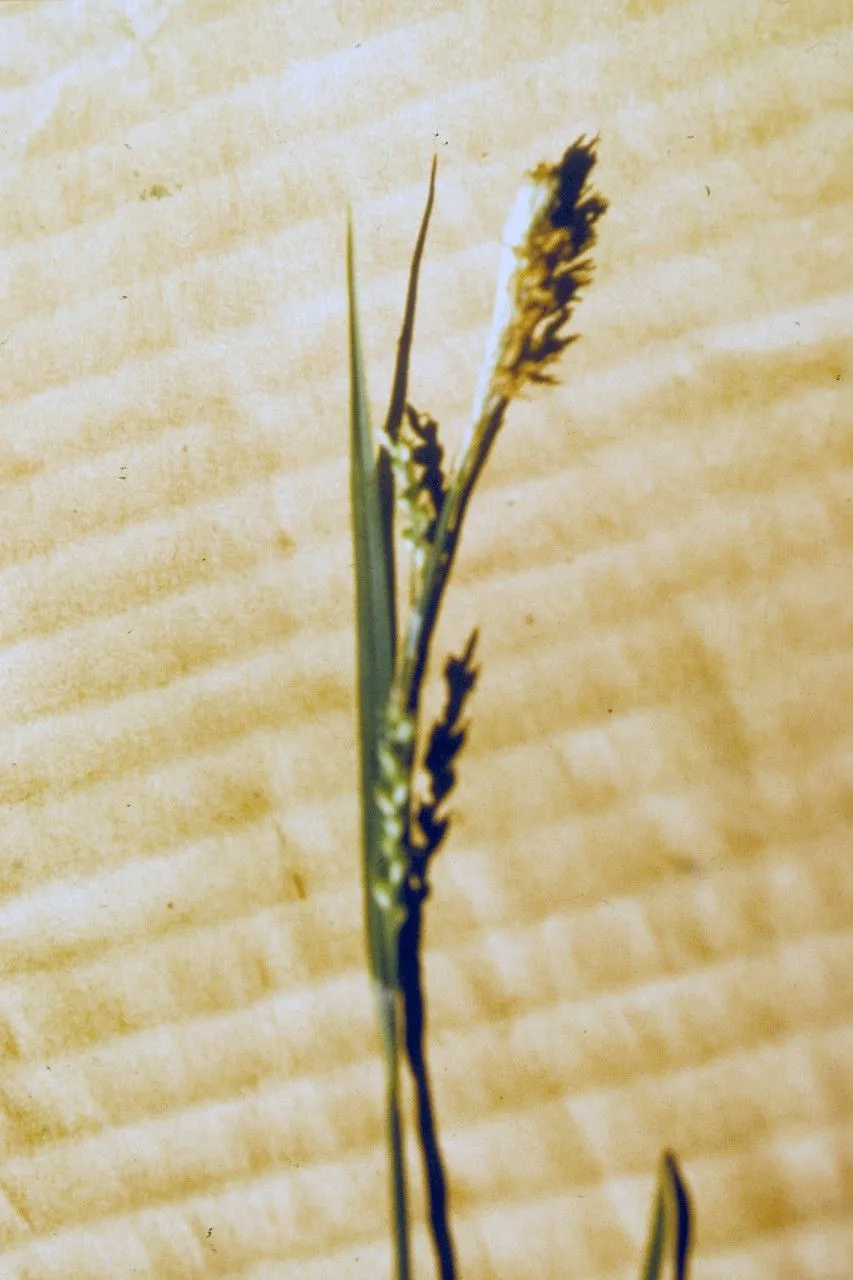
Author: Lam.
Bibliography: Encycl. 3: 378 (1792)
Year: 1792
Status: accepted
Rank: species
Genus: Carex
Vegetable: Unknown
Observations: E. Canada to C. & E. U.S.A.
Broad looseflower sedge, scientifically known as Carex laxiflora, is a noteworthy member of the Cyperaceae family. This plant was first described in scientific literature in the late 18th century, specifically in 1792, as recorded in the third volume of the Encyclopedia, authored by the distinguished botanist Lam.
Carex laxiflora is primarily found across a wide geographical range that spans from Eastern Canada to Central and Eastern United States. This extensive distribution indicates the plant’s adaptability to various climatic conditions, particularly those prevalent in these regions.
The broad looseflower sedge can be identified by its characteristic loose flowering pattern, which sets it apart from other sedges. This species thrives in forested areas and other habitats that provide the right moisture levels, often contributing to the local biodiversity by supporting various insects and wildlife.
Because of its widespread presence, Carex laxiflora has been the subject of various botanical studies aimed at understanding its ecological roles and potential uses. The plant’s resilience and adaptability make it an interesting subject for research in fields such as ecology, conservation, and horticulture.
In summary, the broad looseflower sedge (Carex laxiflora) is a significant plant species within the Cyperaceae family, valued for its ecological contributions and intriguing characteristics. It has a rich legacy dating back to its initial documentation in 1792, and continues to be of interest to botanists and ecologists alike.
Eng: broad looseflower sedge, loose-flowered sedge, beech wood sedge, broad loose-flowered sedge, two-edge sedge
Fra: carex laxiflore
En: Broad looseflower sedge, Broad Loose-Flower Sedge, Loose-flowered sedge, Beech wood sedge, Broad loose-flowered sedge, Two-edge sedge
Fr: Carex laxiflore
Taken Apr 22, 2012 by EOL − summerazure (cc-by-nc-sa)
Taken Jan 1, 1900 by EOL − WVU Herbarium (cc-by-nc-sa)
Taken Jan 1, 1900 by EOL − WVU Herbarium (cc-by-nc-sa)
Taken Jul 21, 2015 by EOL − benconnorbarrie (cc-by-nc)
© copyright of the Board of Trustees of the Royal Botanic Gardens, Kew.
Taken Jan 1, 1900 by EOL − WVU Herbarium (cc-by-nc-sa)
Taken Jan 1, 1900 by EOL − WVU Herbarium (cc-by-nc-sa)
Taken Jan 1, 1900 by EOL − WVU Herbarium (cc-by-nc-sa)
Family: Myrtaceae Author: (F.Muell.) K.D.Hill & L.A.S.Johnson Bibliography: Telopea 6: 402 (1995) Year: 1995 Status:…
Family: Rubiaceae Author: Pierre ex A.Froehner Bibliography: Notizbl. Bot. Gart. Berlin-Dahlem 1: 237 (1897) Year:…
Family: Sapindaceae Author: Koidz. Bibliography: J. Coll. Sci. Imp. Univ. Tokyo 32(1): 38 (1911) Year:…
Family: Asteraceae Author: A.Gray Bibliography: Pacif. Railr. Rep.: 107 (1857) Year: 1857 Status: accepted Rank:…
Family: Fabaceae Author: Medik. Bibliography: Vorles. Churpfälz. Phys.-Ökon. Ges. 2: 398 (1787) Year: 1787 Status:…
Family: Aspleniaceae Author: (Cav.) Alston Bibliography: Bull. Misc. Inform. Kew 1932: 309 (1932) Year: 1932…